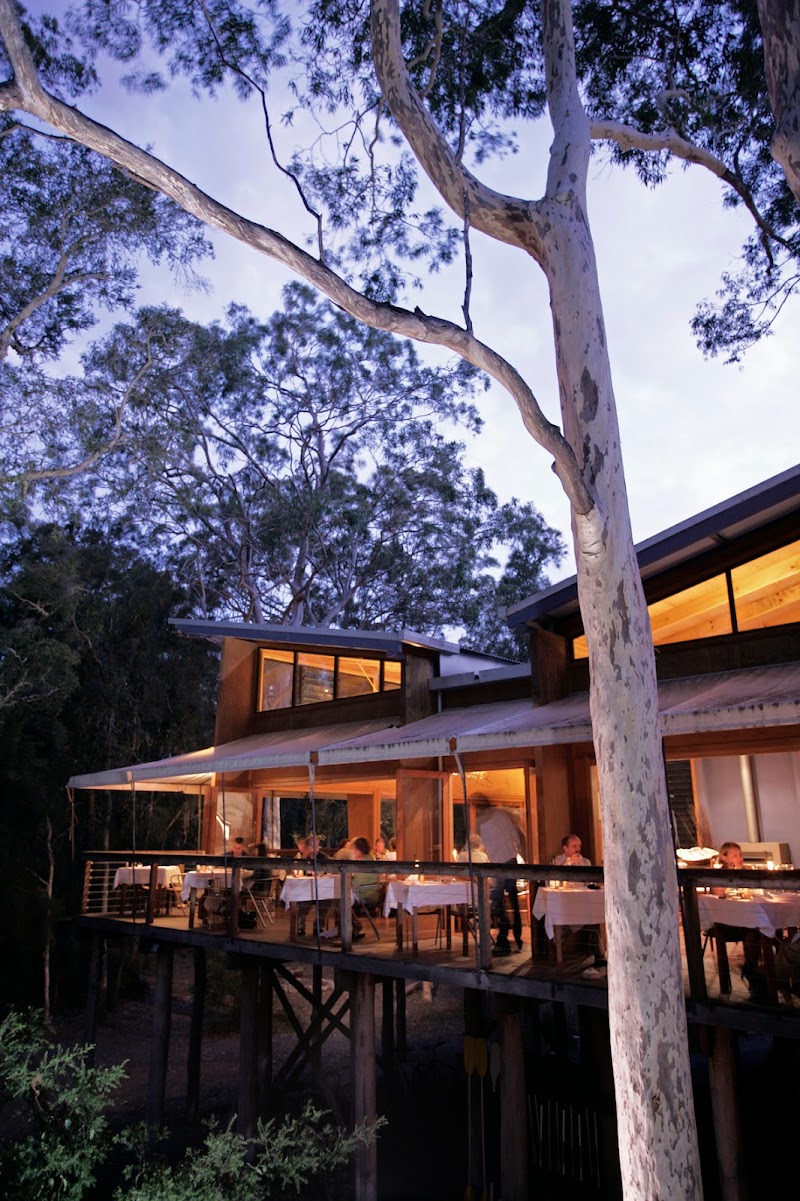Investors
Oops! Something went wrong while submitting the form.




Urban gardening has become increasingly popular as more people seek to create green spaces in urban environments. These gardens provide numerous benefits, including improving air quality, reducing urban heat, and offering a source of fresh produce.
Urban gardens help mitigate the heat island effect, where city areas become significantly warmer than their surroundings. Plants and trees provide shade, absorb heat, and emit moisture, thereby cooling the environment.
Community gardens bring people together, fostering a sense of belonging and teamwork. These spaces often become hubs of social activity, where individuals can collaborate and share knowledge about gardening.
While urban gardening offers many advantages, it also presents challenges. Space is often limited, and gardeners must be creative in utilizing small areas, such as rooftops or balconies, to grow plants.
Limited access to water and soil in cities can make gardening difficult. Urban gardeners must often source soil from outside the city and rely on rainwater collection or other innovative irrigation methods.
Despite these challenges, innovative solutions are emerging. Vertical gardening and hydroponics are two methods that allow gardeners to maximize space and resources effectively.
By growing plants on vertical surfaces, such as walls or specially-designed structures, urban gardeners can increase the number of plants they can cultivate within a limited space.
This soilless method of gardening uses nutrient-rich water to grow plants, making it an ideal solution for urban areas where soil quality is poor or non-existent.
Urban gardening presents a viable solution to many challenges faced by city dwellers. By embracing innovative techniques and fostering community engagement, urban gardening can transform urban areas into vibrant, sustainable ecosystems.
